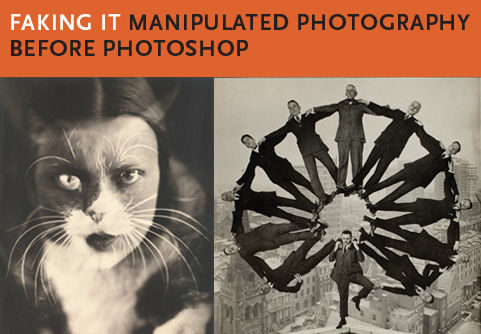When it comes to digitizing colour photos from certain eras it is better, if possible, to scan the negative. Why is this? If you scan a colour print and compare it to a scan of the negative used to make that print you will notice differences between the scans. This difference is particularly obvious in prints and negatives produced circa 1980s - 1990s. These differences are not due to scanner settings or the type of scanner. We know this as our systems are colour controlled. To illustrate this point we scanned negatives and their corresponding prints from our own collection.
What we found:
1. Scans taken from original negatives have a greater colour range than the scans of their corresponding colour prints. Some of this difference can be explained by the limitations of print technology and inks at the time of printing; the remainder can be attributed to environmental exposure and the unstable nature of colour photography. Another reason is the addition of black in the shadows at the time the print was made. Black was added to made the print images look sharper but this means information and colour is lost in the shadows. The negative does not have this loss of detail.
 |
| Scan from original 1990s negative |
 |
| Scan from original 1990s print. Use of black in the shadows reduces photo information. The photo scan has a pink colour cast |
2. Prints often have a distinctive colour cast. This is caused by a mechanism employed by the chemical photo labs in the past to "improve a photo" which was to add a wash of whatever the dominant colour was in the image being developed.
We first discovered these differences when we scanned in a series of photos we took in the early 90s of Art Deco buildings in Napier, NZ. At the time the images were shot many of these buildings were predominantly painted with a soft pastel neutral background of white or cream and colour was used to pick out the building decoration. We noticed that a lot of our prints of these buildings had a colour cast which was in the same colour range as the buildings trim. However this colour cast could not be seen in a scan of the corresponding original negative. These colour casts are obvious when compared to the original scan of the corresponding negatives, see examples above and below..
 |
| Scan from original 1990s print note the blue green colour cast |
 |
| Scan from 1990s original negative |
 |
| Scan from original 1990s negative |
 |
| Scan from original 1990s print note the blue colour cast |
What if you only have photos?
This is not a problem. We will produce a high resolution scan of your photos, remove the dust and scratches, correct any colour casts and any photographic print texture using Photoshop and other specialized editing tools as we have done in the restored example below....
 |
| Original photo no negative available with red colour cast. |
 |
| Final image corrected in Photoshop |
Copyright Carterworks





































